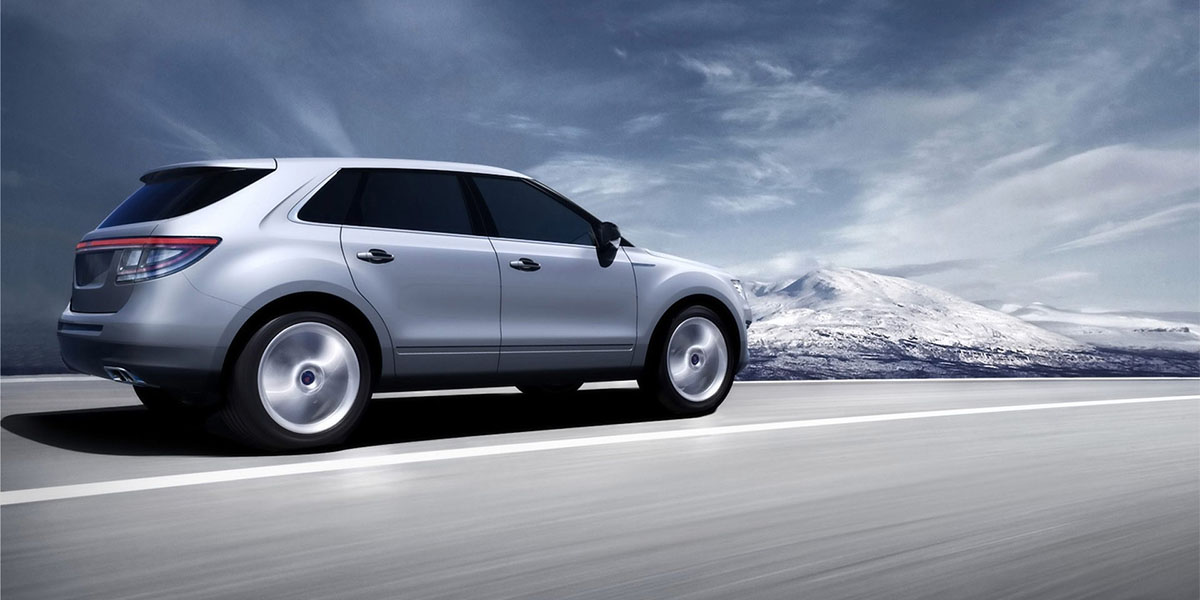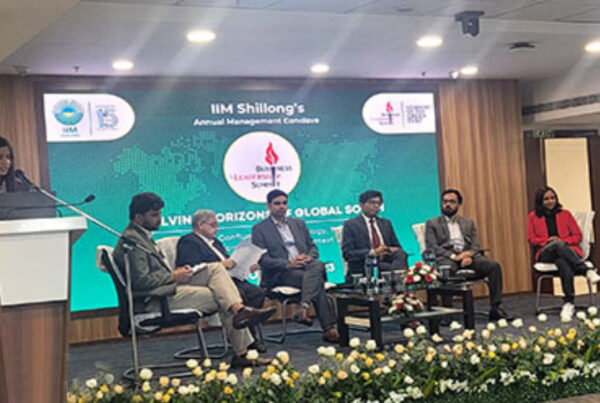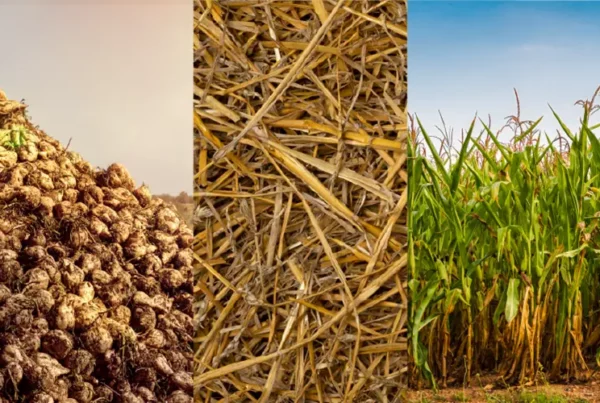2019 – A tough year for the Indian Automotive Industry
As we step into the new financial year, the slowdown in the Indian automotive industry shows no signs of abating. What we witnessed in 2019 is on account of lower economic growth and regulatory challenges pertaining to BS-VI emission standards. The slowdown affected almost all vehicle types and sub-segments, with the compact SUV segment the only exception. At a time when the industry was hopeful of a recovery, the current shutdown and potential economic slowdown in the next 1-2 quarters owing to the COVID-19 pandemic could prove disastrous to the industry in the near to medium term.
According to the Society of Indian Automobile Manufacturers (SIAM), automobiles sales in 2019 were the lowest in the last 20 years. SIAM figures indicate a sales decline of 13.3% in 2019 to 2.3 crore units, with the passenger segment experiencing a decrease of 13%. Within this segment, the Utility Vehicles segment bucked the trend with a 4.8% growth over 2018. The two-wheeler segment was also not spared with motorcycle sales lower by 13% and scooters by an even higher 16% in 2019. Last year’s sales decline is primarily attributable to the ongoing liquidity crunch and impact of the transition from BS IV to BS VI. Higher investments made by the OEMs to adhere to BS VI norms will likely lead to price increases, lower sales and pressure on profitability. The rural markets are expected to face a greater impact which could further extend the industry slowdown.
The steep drop in sales led to operational hardships for many companies and re-evaluation of production plans through the year. The sector, including dealerships and auto components, witnessed around 3.5 lakh job losses due to the downturn. This could exacerbate further in the coming months if the COVID-19 pandemic cripples the industry beyond 1-2 months. In such a worse-case scenario, there will be significant revenue losses to all the players along with massive job losses which will have a crippling effect on the economy. However, expected government measures such as the introduction of an incentive-based scrappage policy and reduced GST on ICE vehicles will hopefully provide respite to the automotive industry.
Compact SUV market – Rapid growth driven by changing customer preferences
Amid all this gloom, one silver lining is the SUV segment, especially the Sub-Compact & Compact SUV sub-segments which continue to perform well. In the last six years, sale of compact SUVs grew at a CAGR of 84%, compared to just 2.8% for passenger cars and 10% for the overall utility vehicle segment. From only 16,000 sold in 2013, the segment saw exponential growth to reach over 3.5 lakh units in 2018. During the same period, the segment share in overall utility vehicles rose from 13% in 2013 to 48% in 2018 and is estimated to reach 52% in 2020. Major contributors that have helped in this growth are SUVs from Kia motors (Seltos), Hyundai Motor India (Venue), MG Motor India (Hector) and Renault India (Triber). These SUVs were received well by the consumers helping these manufacturers to increase their market share in the UV segment. Cars from established players such as Mahindra & Mahindra (XUV300), Maruti Suzuki India (Vitara Brezza) and Tata Motors (Nexon) also played a key part in the resurgence of SUV demand in the country. However, on a closer look, out of 17 OEMs only 4 (Hyundai, Kia, MG and Renault) have increased their market shares which indicates that consumers have become demanding these days.
Rising customer demand for “Connected’ and safer cars
Over the last few years, there has been a visible shift in consumer preferences towards larger, feature-loaded, safer and technologically connected vehicles. This has led to the segment being one of the most competitive segments in the country, with every major OEMs wanting to succeed in an otherwise sluggish market. Ford EcoSport was the first sub-compact SUV to enter the Indian market, in early 2013 and did well in the initial couple of years. Subsequently, it lost ground to its competitors such as Maruti Suzuki (Vitara Brezza) and the relatively newer entrants, Hyundai (Venue) and Tata Motors (Nexon). In the next few quarters, the segment is likely to get more crowded with other manufacturers including Kia Motors (Sonet), Renault (HBC – code name), Nissan, Volkswagen (T-Cross), Skoda (Kamiq) and MG Motors planning to launch their compact SUV models.
In addition to the sub-compact SUV segment, another segment expected to grow in 2020 and beyond is the slightly bigger, mid-size SUVs. This segment is currently dominated by the likes of the Kia Seltos, MG Hector, Hyundai Creta and Tata Harrier. The popularity of the segment is reflected by the huge success of the Kia Seltos, which was among the top-5 models sold in October 2019, barely 3 months after its launch in India. For the whole year, Kia sold over 45,000 units (in just 5 months), ahead of more established rivals such as Volkswagen, Ford, Skoda and Nissan. What made the Seltos so successful is the fact that it is a complete package with great design, driveability and more importantly, many first-in-class features, both technology and safety related.
One theme common across most of these successful car models is that they offer new-age connected car features. Once restricted to much costlier SUVs and premium cars, manufacturers see an increasing demand from the younger generation of buyers to include connectivity and safety features across models. Venue, a successful model from the Hyundai stable, was the first connected car in India featuring several functions that can be controlled with a single app. Hyundai’s proprietary Blue Link technology offers a host of connectivity and safety features such as Auto Crash Notification, Road Side Assistance, Geo-fence Alert, Speed Alert, Remote Engine Start/Stop & Climate Control, and many other features.
What lies ahead?
In terms of customer preferences, we will likely see the shift towards bigger and more “connected” SUVs continue in 2020 and beyond. With several new models expected in the next 1-2 years from existing players as well as new entrants such as Great Wall and First Automobile Works, consumers will be spoilt for choice. Car manufacturers who are able to innovate and launch vehicles with the latest technology and safety features will be the ones to succeed in an increasingly competitive market. For once, price may become a secondary factor for the Indian consumer aspiring to buy a new SUV.
Car sales are projected to remain relatively flat to seeing nominal growth in 2020, before rebounding in 2021 with a 1.5-2% growth. The relatively better scenario in 2020 will be on account of stimulus measures, discounts on new cars that do not comply with BS VI emission norms, etc. However, the industry is likely to face challenges from weak consumer demand and tight liquidity. India’s vehicle production is forecast to contract by 6-8% in 2020 as the auto industry faces increasing risk of supply shortage due to China’s coronavirus outbreak, possibly hitting domestic output also. The actual impact will obviously depend on the extent of the virus spread in India and by when normalcy can be restored.
To summarize, the Indian auto industry will likely face another challenging year exacerbated by the COVID-19 pandemic. However, some bright spots include continuing growth in the compact SUV segment with rising customer demand for better technology and safety features. Assuming the economy is back on track by the end of Q2 FY21, we will see increasing demand for mid-size SUVs as well as compact SUVs.
Verbatim
“We need to master the transition from BS4 to BS6. We need to educate customers on new technologies, and if we do our homework well in the first half of the FY21, I think the automotive industry in India should be back in strong growth as of the second half of the coming fiscal year” – Guenter Butschek, CEO and MD, Tata Motors
“The Indian automobile industry will face multiple headwinds in the first quarter of the coming fiscal year and the outbreak of Covid-19 and subsequent steps to contain it will adversely impact economic activity” – Kavan Mukhtyar, Partner, PwC India.
Author : Prasanth R Krishnan
Prasanth works as an Associate Director with AGR Knowledge and is primarily responsible for project delivery, client management and business development. He has over 14 years of experience across research, consulting and financial services industries. At Avalon, his focus industries are Automotive and Industrials along with ICT. Outside of work, he is an avid Automotive enthusiast and likes to keep track of all the latest developments in the Automotive world.




